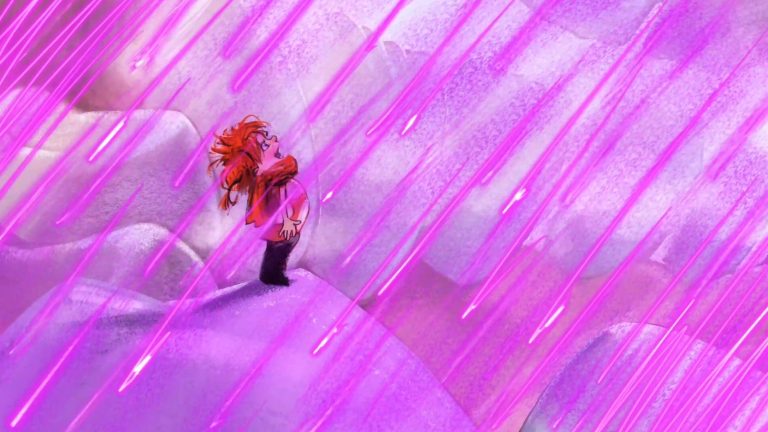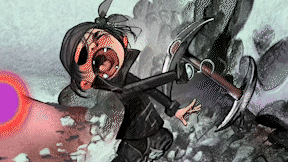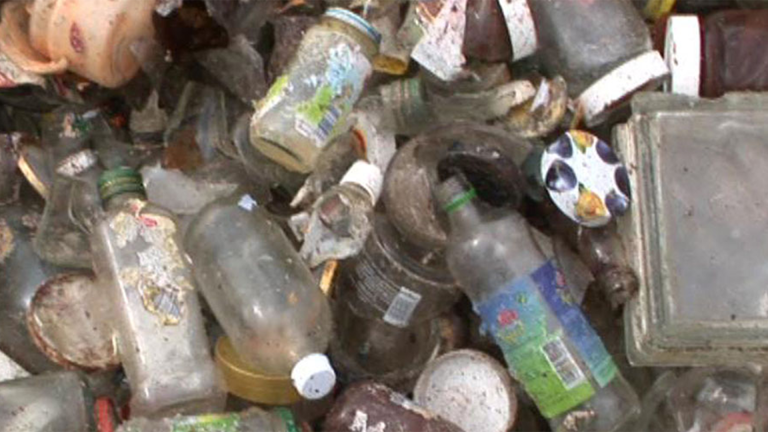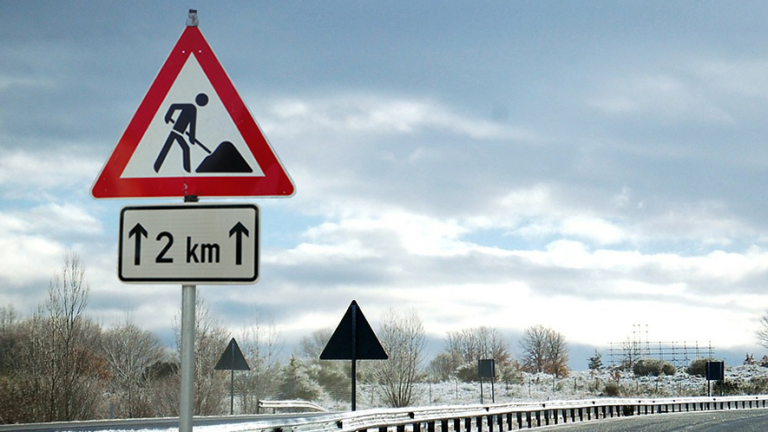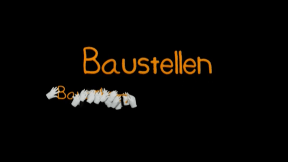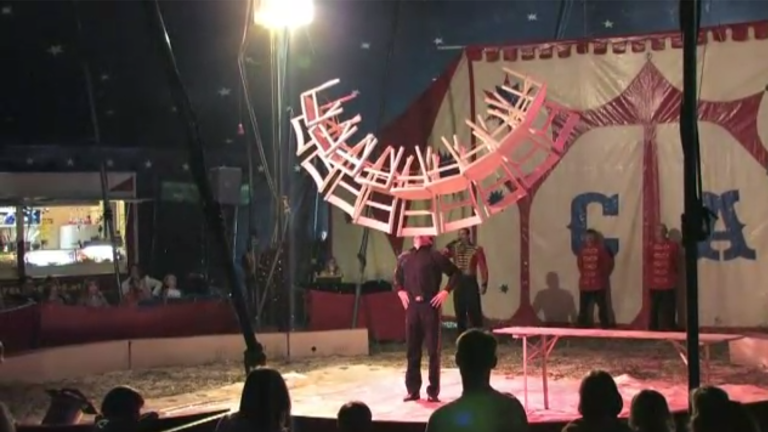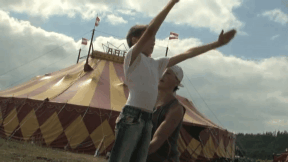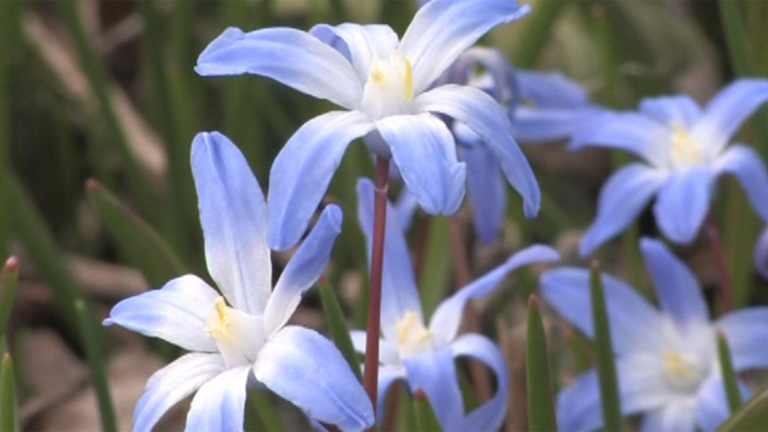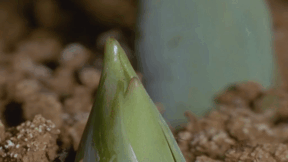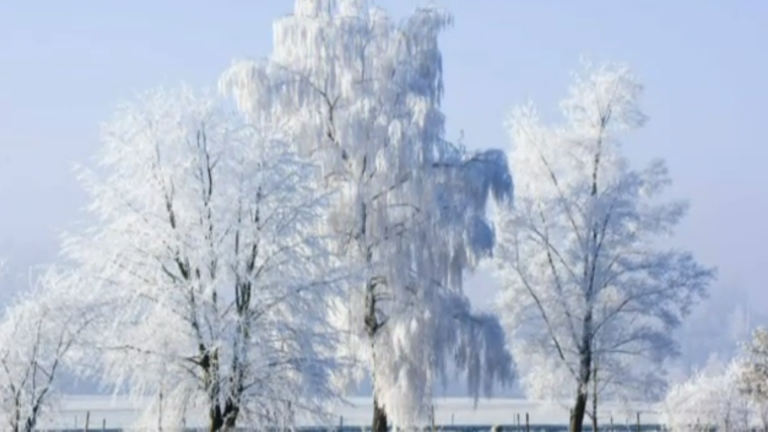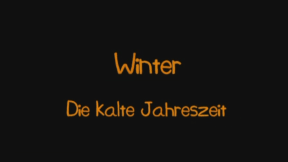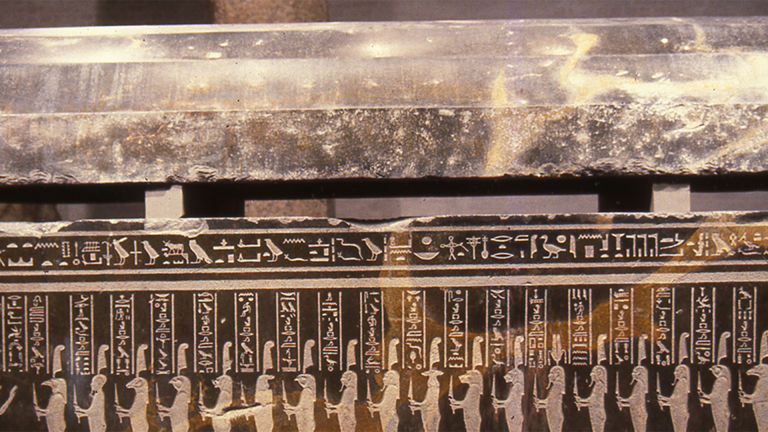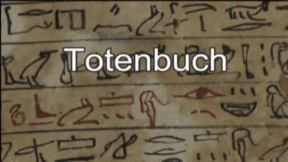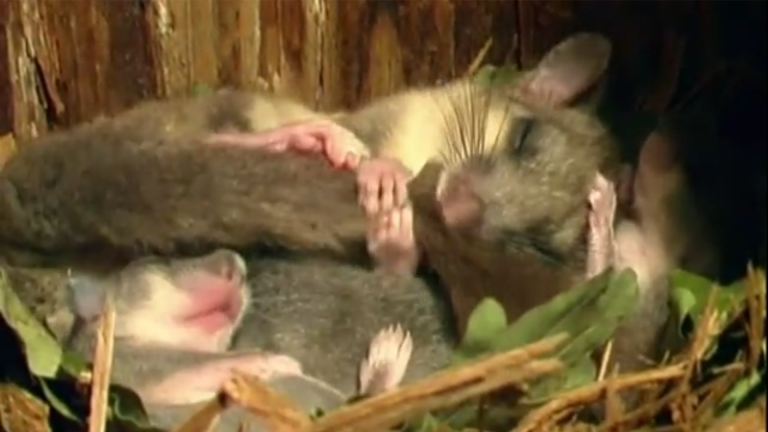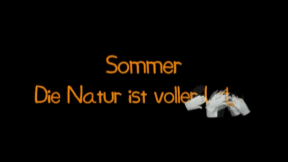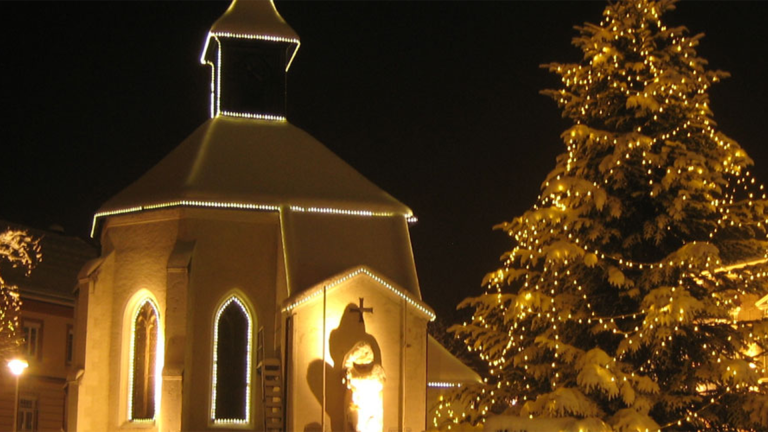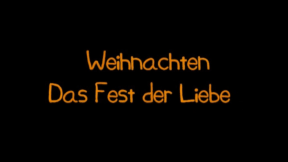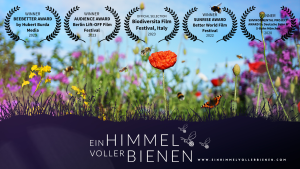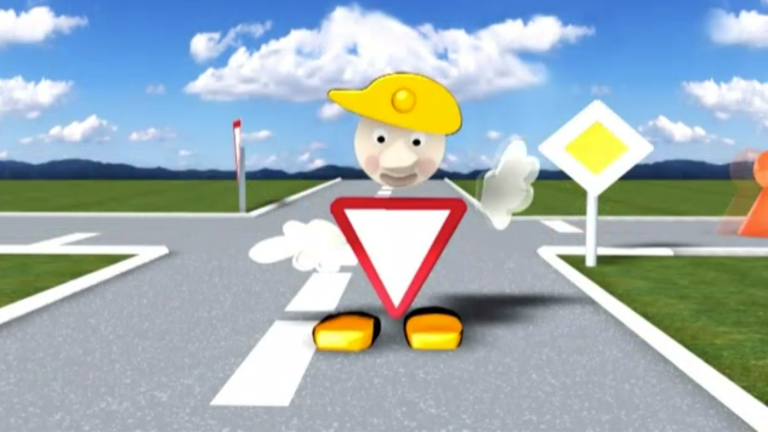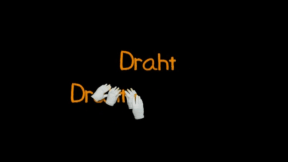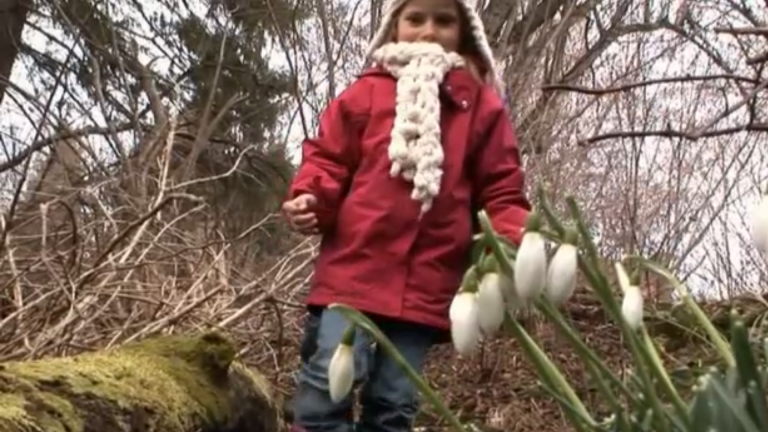Suche:
- # Artistry
- # Biology
- # Chemistry
- # Ecological
- # Economy
- # English
- # Foreign Language
- # Geography
- # German
- # Health
- # History
- # Informatik
- # Latin
- # Mathematics
- # Media Education
- # Music
- # Physics
- # Politics / Civics
- # Preschool
- # Primary School
- # Religion
- # Society
- # Sports
- # Technology
- # Training of Teachers
- # Vocational Education
From Stone to Glass
In terms understandable to children, this DVD illustrates how glass, a widely used material, is made. The film shows, step by step, the development from rock to quartz sand, which, mixed with further ingredients, forms an important component in the making of glass. In order to give the children an exact idea of glass production, a glassblower is watched at his job. The accompanying material contains extensive suggestions and recommendations, such as songs, experiments, tips for assembly, games, mandalas, etc., both for a practical application of the topic in the classroom and for reinforcing the knowledge the children have acquired. Special emphasis was laid on an integrated learning experience in kindergarten life for the children to experience the often used material glass with all their senses. Thus, this DVD offers a basis suitable for child-oriented projects in kindergarten and early primary school, which take up and illustrate a topic familiar from the children’s everyday lives.
Learn moreConstruction Sites
At a road construction site mostly the old road is removed with a big road miller. Sometimes a digger helps and carries the large parts away. They are loaded onto a truck. With the tar machine the road is newly tarred. Tar is a mixture of gravel, sand and crude oil. Here the tar is still very hot. When it cools down, it becomes very hard and the cars can drive on it. A new motorway or country road is created.
Learn moreThe Circus
The circus is a favourite topic for project work at kindergarten. Focal point is, of course, the children‘s spontaneous, allround experience of the circus. But it is not always feasible for educators to visit a circus to take a look at everyday life there. In clear terms, the DVD presents the life of the circus family Aros. It explains in a way suitable for children that circus life comprehends far more than the funny world presented to the spectators. The glance behind the scenes reveals that circus life means a lot of hard work. We witness an ordinary day in the life of the circus children Justine and Leon, who hardly have time to watch TV or play games. The accompanying material contains extensive suggestions and recommendations such as songs, recipes, some ideas on how to stage a circus performance, games, make-up tips, etc., for a practical application of the topic in the classroom and for reinforcing the knowledge the pupils have acquired. Special emphasis was laid on an integrated learning experience in kindergarten for the children to experience the gaily-coloured circus life with all their senses.
Learn moreEarly Flowering Plants
During the first warmer days in late winter, the harbingers of spring show that new life is stirring. With great biodiversity and beauty the early flowering plants herald the change of season. In an easily comprehensible manner and often with stunning time-lapse images the film makes children aware of the connection existing between the sprouting of the early flowering plants so soon in the year and their extraordinarily rapid growth.
Learn moreWinter
Winter is the most extraordinary season. Trees without leaves, little sunlight, the majority of animals have disappeared and humans have to deal with black ice and coughs and sneezes. Nevertheless, winter also has a lot to offer that is available in that season alone: snow, winter sports, calm and peace. In short chapters, children learn how snow and ice form, why it is dark until late in winter and how plants and animals overwinter. Dangers related to the season are mentioned and it is explained how children can protect themselves. In addition, we show what interesting possibilities winter offers, which are only real fun during that time. Besides didactic-methodical considerations, the accompanying material includes a plethora of ideas to discuss this subject from all points of view and comprehensively, and to discover it from a new angle.
Learn moreThe Egyptian Book of the Dead
The notions described in the texts and pictures of the Book of the Dead are central to the ancient Egyptian belief in an afterlife – the belief in resurrection and life after death. In order to be granted passage to the “Realm of the Blessed”, the deceased first have to justify themselves before the Court of Death and give account that they have led their lives according to the laws of Maat – the order of the universe and justice. The Book of the Dead lists the names of the judges at the Court of Death, who the dead must appeal to and convince of their innocence. Further, it contains a plethora of magical texts for the protection of the deceased and describes the places in the underworld. These texts were inscribed on papyri, coffins and numerous burial objects like canopic jars, uschebtis or mummy masks so that they were available to the deceased at any time. After all, they describe their transformation from mortals to glorified god-like beings who would live eternally.
Learn moreSummer
Finally, summer has come! This DVD explains in a way suitable for children why summer comes, how life develops in nature and why we humans love this season so much. In short chapters, children learn why daylight hours are longer and how a thunderstorm builds up. The behaviour of animals and their young as well as changes in the flora are explained in a way appropriate for children. Rules for the right behaviour in the sun, in the water and during a thunderstorm are explained just like the dangers of a tick bite or wasp sting and the right reaction in such a situation. Besides didactic-methodical suggestions, the accompanying material also includes various games, songs, experiments, tips and suggestions providing an incentive to work on a topic, which is virtually a compulsory annual subject, from different points of view and holistically and to discover it from a new angle.
Learn moreChristmas
Christmas is a festival celebrated all over the world. Although it is a Christian feast, many people on Earth know and celebrate Christmas. Christmas time is a very special period that somehow casts a spell on the world around us. Streets and houses are decorated and music can be heard from all sides. Although the grown-ups are "under stress", so to speak, in December, it is nevertheless a cosy and pleasant time.
Learn moreRoad Safety Education
Road safety education for children is a difficult task for parents, tutors and teachers. Correct behaviour in road traffic is extremely hard to learn for children. They are not aware of the dangers. But how can you raise their awareness without frightening them? How can you encourage their autonomy in road traffic without exposing the children to dangers? The give-way sign “Signo” guides the children through traffic. It describes the correct crossing of a street and shows the dangers of playing next to a street and the right behaviour for passengers in a car. The film also describes the right clothes in the dark, the safe bike and the most important traffic rules. “Signo” asks well-directed questions to actively include the children in what is happening. The accompanying material contains ideas for practical implementation, games, songs, active games and painting sheets on the subjects. Work sheets for primary school are also included. Based on this comprehensive material, the DVD is ideal for projects in kindergartens, after-school care centres and primary schools.
Learn moreWire
At first glance, wire seems to be a nondescript, rather boring material, too humdrum to be bothered with. The intensive occupation with wire in the film as well as in the accompanying material, however, makes obvious what significance wire actually has in our society. It is truly indispensable! Through the film, children get acquainted with the differences between modern and historic wire manufacturing. Moreover, they see how a bicycle is made and thus learn why bicycles are also called "wire donkeys".
Learn moreSpring
Spring is an eventful period. We humans are glad that it gets warmer again and stays light longer. The warm air entices us to go cycling, to play or to enjoy the sun. The film describes the changes occurring in nature after the cold winter. We learn when it is spring again and how the seasons develop. We are shown the most popular spring flowers.
Learn more



